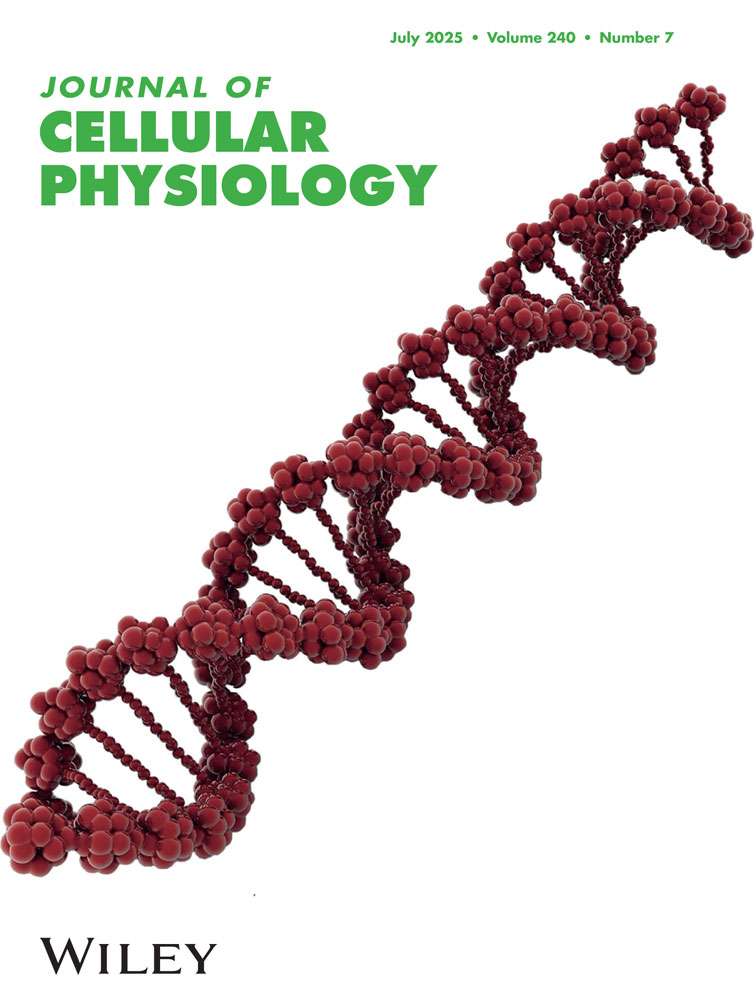Characterization of Na+-K+ homeostasis of cultured human skin fibroblasts in the presence and absence of fetal bovine serum
Abstract
Previously, we demonstrated that removal of fetal bovine serum (FBS) from the medium of human skin fibroblasts resulted in an accelerated 86Rb+ washout, decreased cellular K+, and increased Na+ contents. In the present study we examined the mechanism underlying these changes. The efflux rate constant for 86Rb+, and the cellular contents of Na+ and K+ were measured. Verapamil (K1/2= 15 μM) and chlorpromazine (K1/2 = 1 μM) reduced by approximately 70% the increased 86Rb+ washout evoked by FBS removal. The effect of the two drugs was additive at low, but not high, concentrations. Verapamil and chlorpromazine also attenuated the decrease in cellular K+ content and prevented the increase in cellular Na+ content associated with FBS depletion. Bumetanide (50 μM) was only partially effective in offsetting the enhanced 86Rb+ efflux and was completely without any effect on the cellular Na+ and K+ changes induced by FBS removal. In the presence of FBS, A-23187 produced a slight and transient increase of the 86Rb+ washout. The protein kinase C activator phorbol 12-myristate 13-acetate enhanced the 86Rb+ efflux in FBS-containing medium for a prolonged period but this increase was only a fraction of that caused by serum removal. Cellular Na+ and K+ contents were not changed by the phorbol ester. We conclude that FBS removal raises the cellular Na+ content, and enhances 86Rb+ efflux, through a calmodulin-dependent pathway activated by calcium influx. © 1992 Wiley-Liss, Inc.




